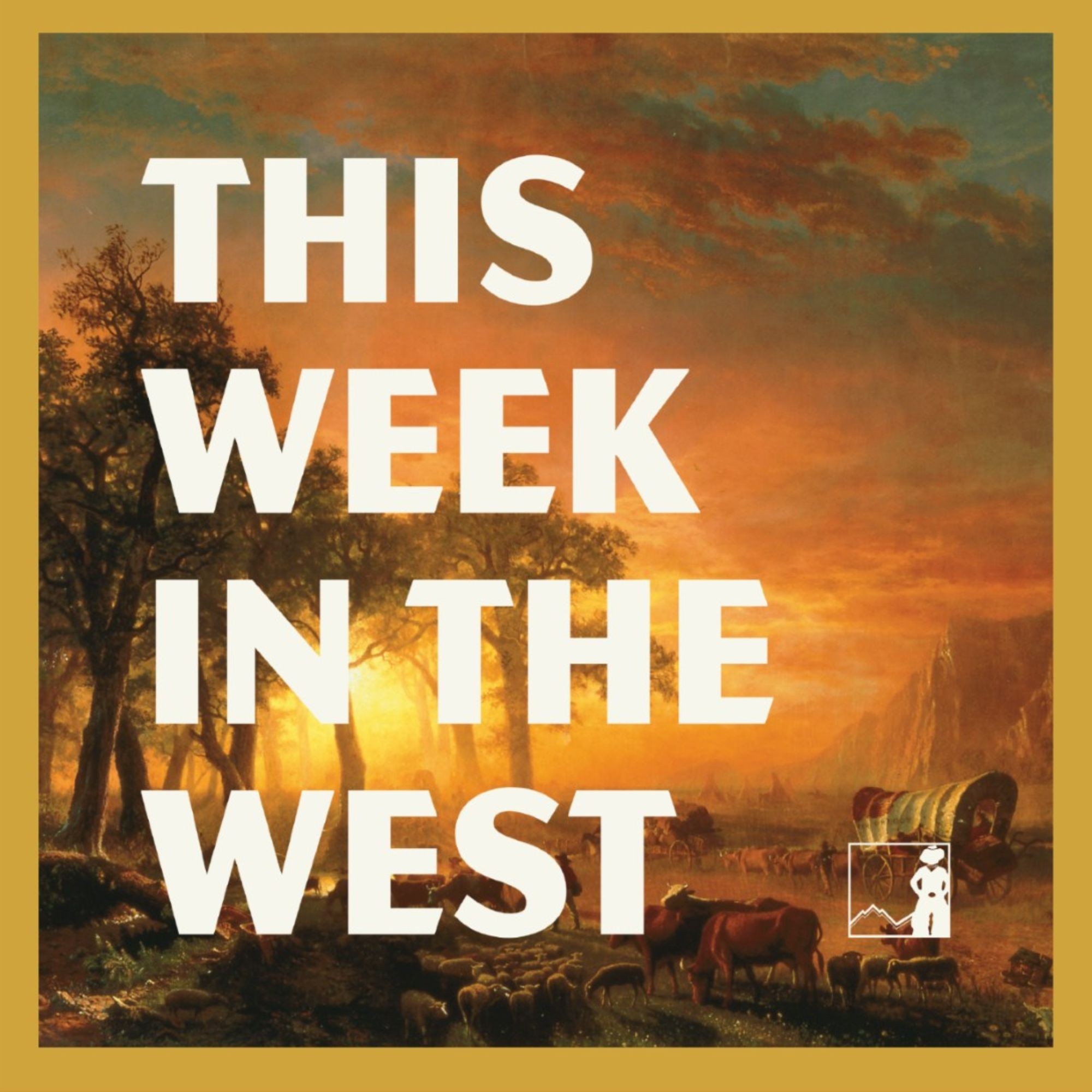Wild West Podcast
Welcome to the Wild West podcast, where fact and legend merge. We present the true accounts of individuals who settled in towns built out of hunger for money, regulated by fast guns, who walked on both sides of the law, patrolling, investing in, and regulating the brothels, saloons, and gambling houses. These are stories of the men who made the history of the Old West come alive - bringing with them the birth of legends, brought to order by a six-gun and laid to rest with their boots on. Join us as we take you back in history to the legends of the Wild West. You can support our show by subscribing to Exclusive access to premium content at Wild West Podcast + https://www.buzzsprout.com/64094/subscribe or just buy us a cup of coffee at https://buymeacoffee.com/wildwestpodcast
Wild West Podcast
How One Train Chose Ford, Kansas Over Ryansville
A single whistle split the prairie air—and with it, the future of two rival towns. We revisit November 25, 1887, when the Arkansas, Kansas, and Colorado Railroad rolled into Ford, Kansas and turned isolation into opportunity, commerce into momentum, and a bitter rivalry into a clear verdict. What looks like a short stretch of track becomes a story about how infrastructure decides who thrives, who moves, and who fades from the map.
We set the stage with Dodge City’s fifteen-year boom as a cattle and railroad capital, then zoom into the quieter but consequential struggles of southern Ford County’s farmers. Without rail access, every mile to market was risk: spoilage, delays, and thin margins. The new line changed that overnight. With Ford connected to Dodge City and eastern markets, exports grew, schedules stabilized, and investment finally made sense. The town stepped into a broader economy where grain, livestock, and goods could move with dependable speed.
The rivalry with Ryansville brings the stakes to life. Routes are power, and when the tracks chose Ford, merchants in Ryansville made a dramatic decision—lift entire buildings onto rollers and move their livelihoods across the prairie. It’s a vivid moment of Great Plains history that illustrates a lasting truth: when the path to markets shifts, communities shift with it. We explore how rails replaced wagon trails, how a spur line closes a local frontier, and how a map can be redrawn by timetables, grain elevators, and the steady rhythm of freight.
If you’re drawn to stories where technology meets human grit—railroad history, frontier towns, agriculture, and the economics of access—you’ll find this tale both vivid and timely. Subscribe for more sharply drawn moments from Ford County’s past, share the episode with a history lover, and leave a review to help others discover these hidden turning points.
Welcome back to this day in Ford County history. I'm your host, Brad Smalley. Today we travel back to November 25th, 1887. Dodge City had already been a booming railroad hub for 15 years by this time, famous for its cattle drives and the Santa Fe line. But for the communities in the southern part of the county, isolation was still a daily reality. That changed on this day exactly one year after the great blizzards of 1886, when the very first train rolled into the town of Ford, Kansas. The arrival of that train, part of the Arkansas, Kansas, and Colorado Railroad, connecting Buckland to Dodge City, wasn't just a convenience, it was a verdict. For months, a bitter rivalry had simmered between the town of Ford and the nearby settlement of Rionsville. Both were vying to become the dominant hub of the area. But when the tracks were laid through Ford, the contest was over. It was the death knell for Rionsville. In a dramatic surrender, the merchants of Ryansville didn't just close up shop, they packed up the shops themselves. Buildings were lifted onto rollers and skids and moved physically into Ford. The rival town essentially ceased to exist, absorbed by the victor. This connection sparked a massive boom for the newly solidified town. While Dodge City was the capital of the cattle trade, this new line finally ended the isolation of the rural farmers. It opened the gates for large-scale agricultural exports, linking the fertile fields of southern Ford County directly to the eastern markets. November 25th, 1887, marked the closing of the southern frontier in the county. The wagon trails were replaced by rails, and Ford, Kansas secured its place on the map. Join us next time as we uncover another page from our past. For this day in Ford County History, I'm Brad Smalley.
Podcasts we love
Check out these other fine podcasts recommended by us, not an algorithm.
